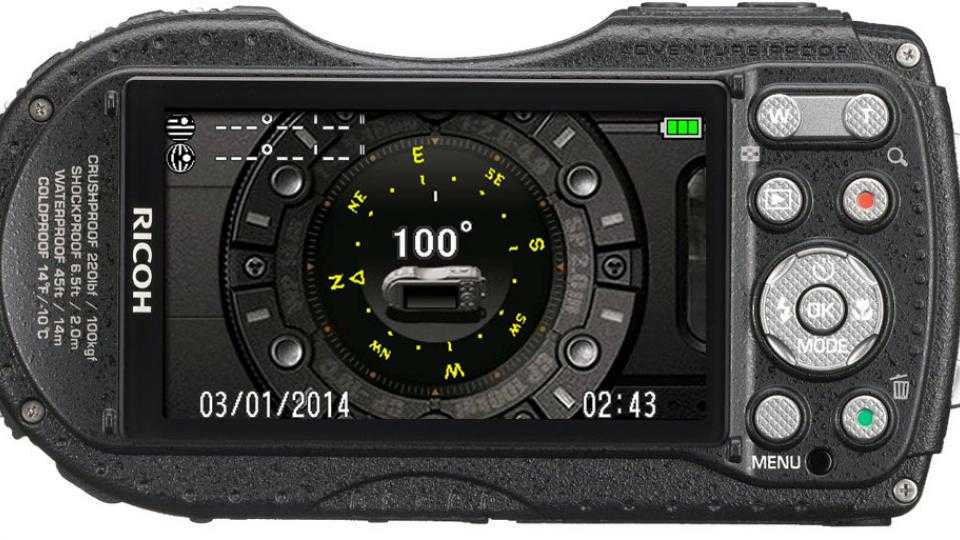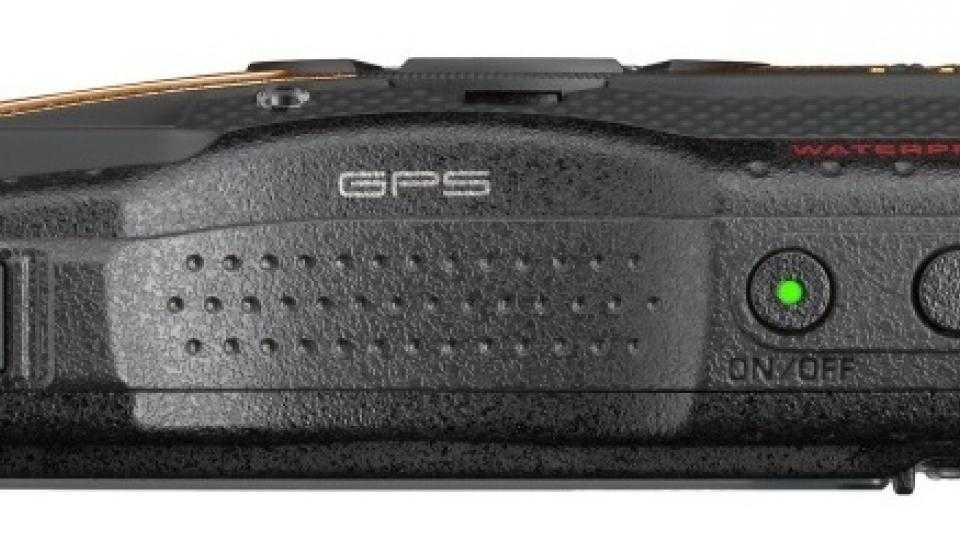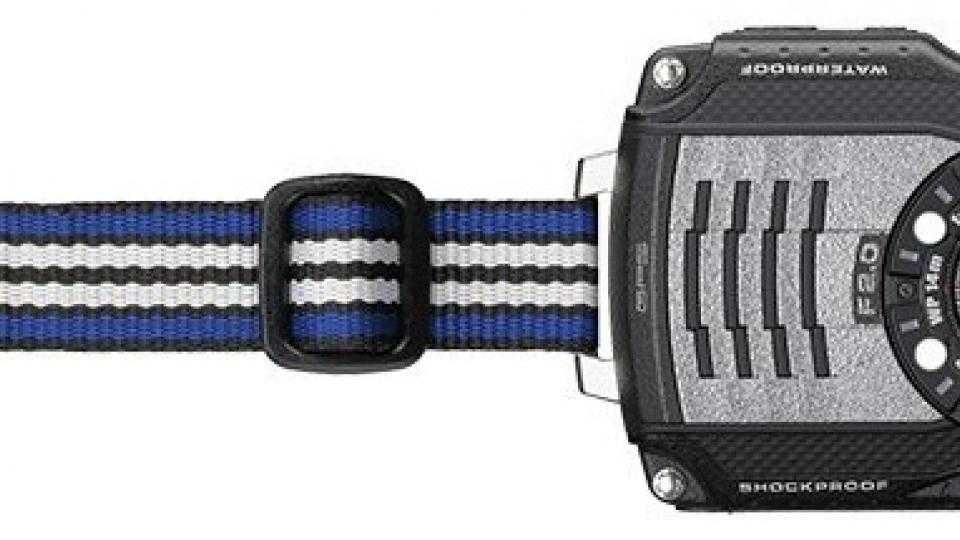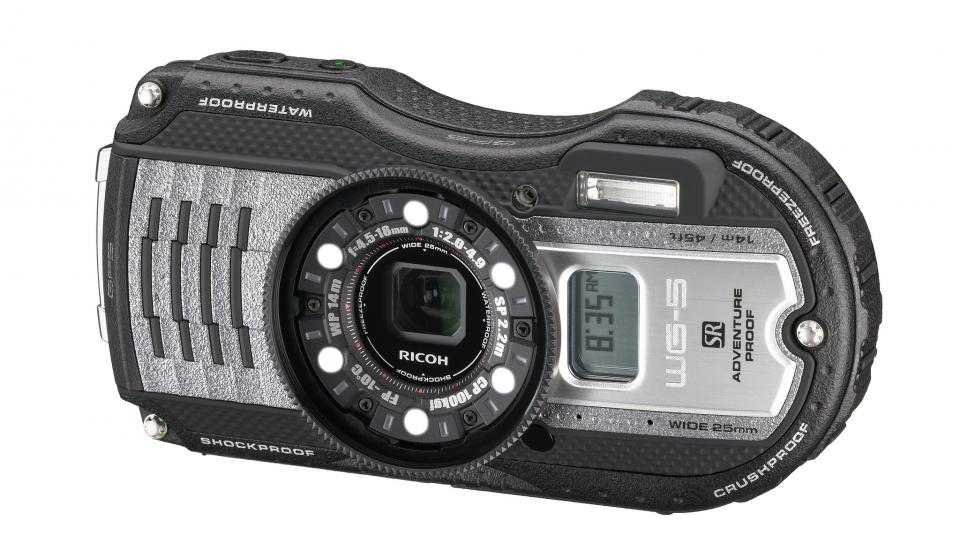Rugged, waterproof cameras are often marketed for watersports and other feats of athleticism, but there are lots of other times when a tough camera is useful: on the beach, at festivals, on rowdy nights out and in the hands of young children. The Ricoh WG-5 GPS is impervious to water, dust, sand, cold, crashes and crushes. It's rated as being waterproof to a depth of 14 metres and can survive drops from 2.2 metres, which is more than most humans could withstand.
It looks the part with its chunky, rounded shell. The lens sits safely behind a glass window but there's no lens cap so it's worth carrying a lens cloth to keep it clean. The lack of protrusions means there's nothing that could snap off but we found that our fingers often wandered in front of the lens.
A camera that's designed for an adventurous life needs to deliver the goods in tough conditions, and there are some interesting features to that effect. GPS is built in so you can plot your expeditions on a map when you get home. As usual for GPS cameras, it often took a few minutes after switching on in a new location to get its bearings but the majority of shots were correctly tagged.

There's a passive LCD screen on the front that shows the time even when the camera is switched off. There's also an altimeter readout, although the figure varied wildly. We'd imagine it'd be more useful – and accurate – when scuba diving but sadly we weren't able to put this to the test.

When the camera is off, holding down the OK button brings up a bigger clock on the 3in LCD screen. Holding down the Green button activates a ring of six LEDs around the lens. This is officially a macro light, although its low power means subjects must be no more than a couple of centimetres away for it to have any effect. Enabling it via the green button when the camera is off suggests it can also be used as a torch, but it's useless except in in small, pitch black environments. We recommend against relying on it for pot holing expeditions. The camera comes with a carabiner strap – the kind normally used for rock climbing – although in this instance it makes more sense for scuba diving. It's too bulky for general use, so we'd have liked a normal wrist strap too.

There's no Wi-Fi so you can't post photos to Facebook via your smartphone from the summit of a mountain. The 240-shot battery life might mean you can't take pictures at all. We'd like greater stamina from a camera that's designed for the great outdoors. Charging is in-camera via a socket located next to the card slot. It's almost identical in size and shape to the micro HDMI socket, so there's a risk of damaging these sockets by inserting the wrong cable.
The WG5's video mode didn't inspire confidence. Autofocus and optical zoom were fixed for the duration of clips by default, and zooming in resulted in an ugly digital zoom function. These functions can be enabled in the menu, though. Autofocus then behaved reasonably well but was sometimes slow to find its subjects. Optical zoom obliterated the soundtrack with a grinding whir but we still prefer it to digital zoom. Otherwise the video mode performed well, with crisp details recorded at 1080p and a reasonably clean picture in low light.
We like cameras to be quick to rattle off a string of shots, but sadly the WG5 doesn't fit the bill. It took 1.5 seconds between shots but it quickly became apparent that fully pressing the shutter button for a quick snap made the camera take a photo without bothering to focus first. It was only when we half-pressed to focus and then fully pressed that the autofocus did its thing. This slowed shot-to-shot times to 3.2 seconds. Continuous mode was at a lethargic 1.5fps, although a 5-megapixel mode managed 11fps for 28 frames.












